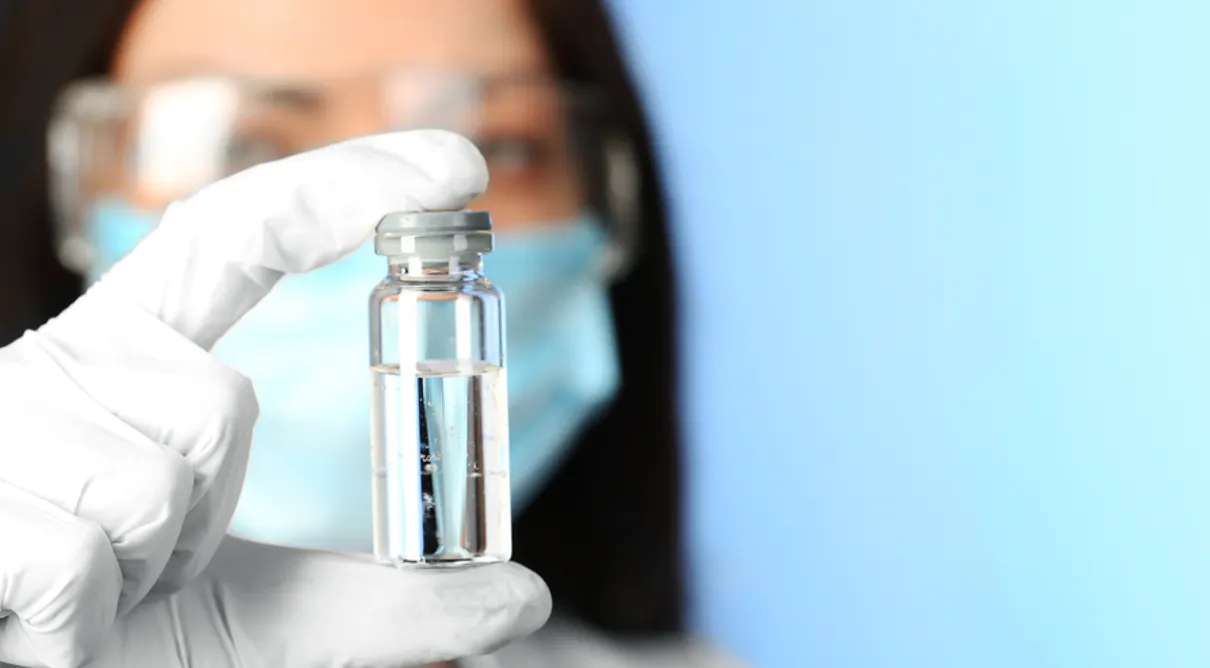How a drone delivering medicine might just save your life
- Written by Centaine Snoswell, Senior Research Fellow, Centre for Health Services Research, The University of Queensland

Drones can deliver pizza[1], and maybe one day your online shopping[2]. So why not use them to deliver urgent medicines or other emergency health-care supplies?
Trials in Australia and internationally have shown the enormous potential for drones to work with existing health services to deliver medicine, medical equipment, pathology samples, or provide surveillance in medical emergencies.
Some emergency services are already using drones to deliver health care. Earlier this year, NSW Fire and Rescue used a drone to deliver essential medicine[3] to someone stranded by floodwater while they were supported by phone. Follow the journey from launch to pick-up in the video below.
Drones have enormous potential
Drones are appealing because they can rapidly transport medical supplies, especially without traffic delays. They can quickly access places other forms of transport cannot, including remote or difficult-to-reach areas, such as cliffs. And when drones cannot land, they can use a parachute to safely drop their delivery. This means drones can deliver essential items, such as antivenom or defibrillators, before first responders reach the scene.
Drones can also support medical efforts by providing birds-eye-view images and scans of sites before humans are sent in. This means it’s safer for first responders, such as ambulance crew, as they have a better idea of what to expect when they arrive in-person.
Drones help find missing persons
An Australian trial this year involved NSW Ambulance[4] using drones for search and rescue in remote and hard-to-reach locations.
Specially trained paramedics piloted the drones during the two-month trial. Drones had high-intensity search lights and used thermal imaging to help find missing persons. Video and audio capabilities allowed paramedics to communicate with the person once they were found, and to monitor them and the situation.
This trial is a great example of how drones can be used to extend the capacity of first responders.
Trials like this can also collect data about how well the drones work for different teams and circumstances. The more data we have about how drones can support first responders and medical staff, the better we can design services that include them.
Drones send samples to the lab
Darling Downs Health in Queensland has also been trialling drones[5]. These transport pathology samples and pharmaceuticals between small rural hospitals in Nanango or Wondai, and the larger regional hospital in Kingaroy.
This means pathology samples can be flown to the laboratory as soon as they are collected, instead of waiting for a courier. Patients can therefore be diagnosed and begin treatment earlier.
The Mater Hospital in Brisbane is setting up a similar service to provide pathology services to the Moreton Bay islands[6]. This service aims to avoid transporting pathology samples by ferry.
Drones for beaches, hearts, or up mountains
Surf Life Saving Queensland is running a regular drone patrol[7]. Drones monitor shark activity and help co-ordinate responses, such as beach closures.
Drones have been used in New South Wales to drop flotation devices[8] to swimmers in danger.
Swedish researchers have trialled using drones to deliver defibrillators[9] to people who have called an ambulance and are suspected of being in cardiac arrest. A drone could deliver a defibrillator in 92% of suspected cardiac arrests. The delivery time was quicker than an ambulance 64% of the time.
In mountainous regions of India, drones are used to deliver medications to remote health services as part of the Medicine from the Sky[10] program.
But there are limitations
Despite drones’ potential to supplement existing health and emergency services, there are limitations.
Their battery life and weight affects flight time. For instance, the NSW Ambulance trial reported the range of drones is 7 kilometres[11] from base. So, it may be necessary to transport the drone closer to the area of need before it’s launched. This may reduce drones’ usefulness for rural and remote areas. There are also weight limits to what they can carry.
Some drones may be limited to flying during the day. They may not be able to fly in poor weather conditions, reducing their effectiveness during natural disasters. Temperature and humidity can spoil pathology samples and some medications, which restricts what drones can be used for.
Existing legislation[12] may also limit where drones can operate.
Is this the future?
Many promising trials show drones can effectively help support health and emergency services.
However, many of these trials have yet to released their final evaluations. So we still need evidence of whether drones improve health outcomes and are cost-effective. This would be essential if we were to routinely use drones to support health care and emergency services beyond these trials.
The health-care sector would also benefit by learning from companies in other sectors that use drones. This would give the health sector insights into how and when to use drones safely, and how to scale up operations cost-effectively.
References
- ^ pizza (www.cnet.com)
- ^ online shopping (www.forbes.com.au)
- ^ deliver essential medicine (www.fire.nsw.gov.au)
- ^ NSW Ambulance (www.nsw.gov.au)
- ^ trialling drones (www.abc.net.au)
- ^ provide pathology services to the Moreton Bay islands (www.abc.net.au)
- ^ regular drone patrol (lifesaving.com.au)
- ^ drop flotation devices (www.bbc.com)
- ^ drones to deliver defibrillators (doi.org)
- ^ Medicine from the Sky (www.weforum.org)
- ^ 7 kilometres (www.nsw.gov.au)
- ^ legislation (www.clinicalmicrobiologyandinfection.com)
Read more https://theconversation.com/how-a-drone-delivering-medicine-might-just-save-your-life-259904

















